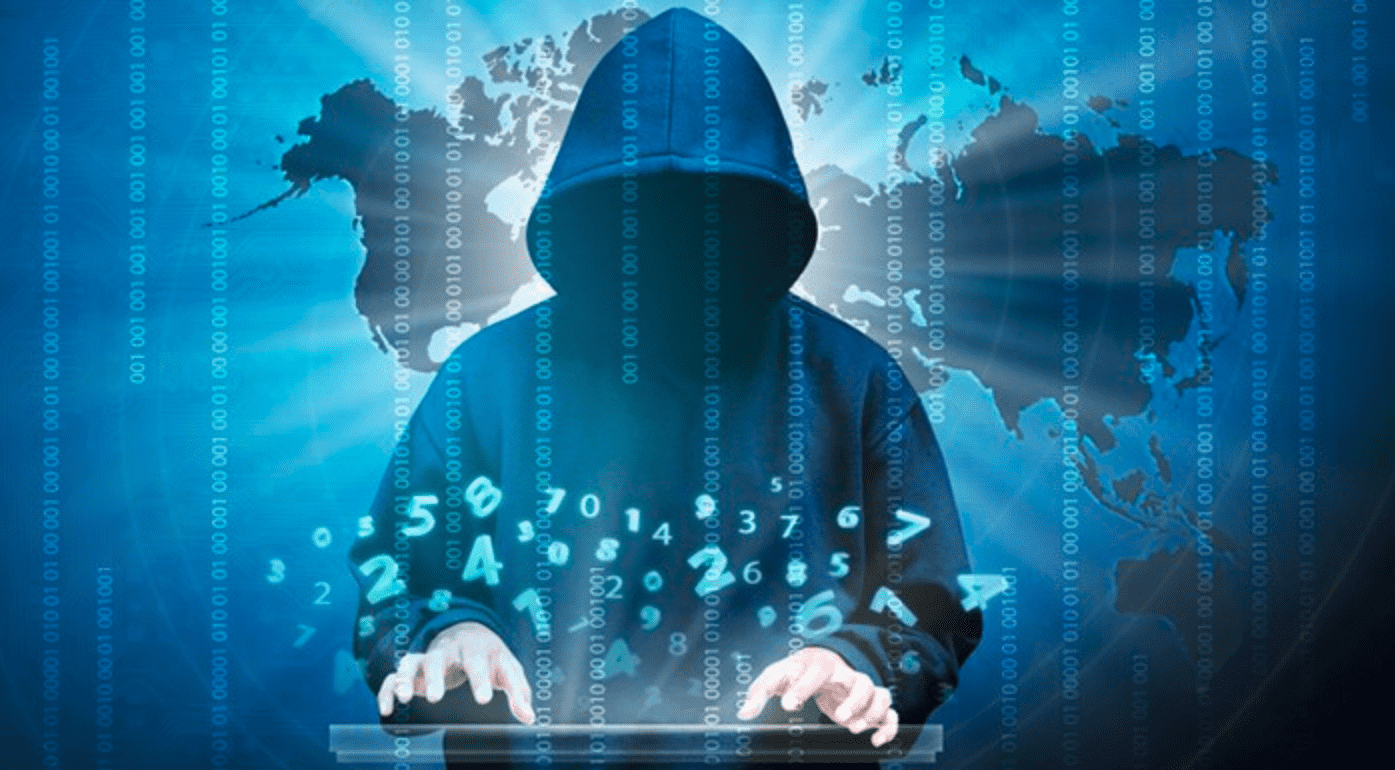
According to the Japanese Yomiuri Shimbun report, the Japanese government is deploying equipment and capabilities for the SDF to respond to cyber attacks. The premise for launching such a network counterattack is that Japan has suffered physical attacks involving conventional weapons and other threats, and the most likely counterattack is the DDoS attack.
The Japanese government is considering the inclusion of these actions in Japan’s National Defense Program Guidelines. Japan’s year 2014-2018 defense plan fiscal stipulates that attackers have an absolute advantage in cyberspace, and the Japanese Self-Defense Force may consider blocking the ability of attackers to use cyberspace. For some time the Japanese government has been carefully studying whether to support or oppose. Use these capabilities. In the end, the Japanese government decided to crack down on organized and planned armed attacks and cyber attacks and believed that this is not in contradiction with Japan’s defense-oriented security policy.
A senior official of the Ministry of Defense of Japan stated that in many cases, cyber attacks were carried out after taking over third-party servers. It is difficult to determine whether the cyber attacks themselves are using force according to the will of the country. The Japanese Self-Defense Forces can launch cyber attacks only when they encounter a cyberattack involving conventional weapons attacks in Japan. The Japanese government believes that such cases include the combination of armed attacks and cyber attacks (ballistic missile attacks or enemy forces landing on Japanese territory).
The Japan Self-Defense Forces are currently focusing on the cyber defense department, which is acquiring the skills and knowledge needed to carry out cyber counterattacks. A senior official of the Japanese Ministry of Defense said that if there are a large number of computers and other devices used for cyber counterattacks, then it is possible to quickly send large amounts of data to the enemy’s servers and use DDoS attacks to paralyze enemy servers. The Japan Self-Defense Force is also preparing to examine the internal system’s ability to withstand cyber attacks in order to test the system’s vulnerability.
The most common forms of cyber attacks in the world include using malicious software to send large amounts of data using third-party servers. These attacks do not require significant hardware support. However, Japan’s criminal law prohibits the development or possession of malicious software without justified reasons, so the use of such procedures by the Self-Defense Forces for counterattack still requires careful consideration.
Judging from the guideline of the Japanese defense plan, the Japanese government plans to intensify countermeasures, enhance the ability to defend cyberspace, and enable the Self-Defense Forces to counterattack the Internet. Japan’s initiatives include increasing staffing, working closely with private companies, and using artificial intelligence.